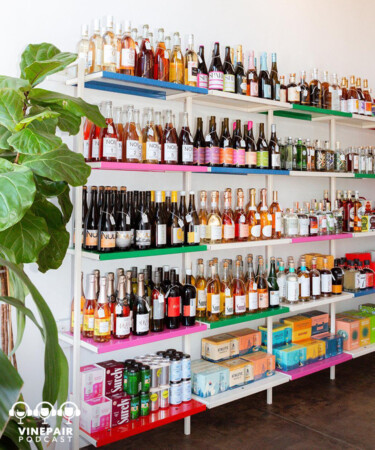Non-alcoholic (NA) beverages may be on the rise, but alcohol consumption rates have remained relatively consistent in recent years. Rather than complete abstention, perhaps what we’re seeing is individuals who drink regularly replacing alcohol with things that taste like alcohol every so often. Instead of the category’s expansion being emblematic of a sweeping embrace of sobriety, it’s more likely that the boom is a sign that people are breaking up their drinking occasions with intermittent sips of NA drinks brands. After all, most sober people aren’t even drinking NA beverages. They are actually abstaining completely.
But those who are indulging in the NA craze seem to have found a favorite option: Recent survey data shows that non-alcoholic beer accounted for 86 percent of last year’s NA beverage sales. The remainder of the pot went to non-alcoholic wine, with an 11 percent share, and non-alcoholic spirits, with a measly 2.7 percent. Is NA beer simply more accessible than its wine and spirit counterparts or is this indicative of how the products actually taste? Price point is also a large point of contention — with products more often than not costing the same as their alcoholic counterparts, opting for an NA brew is often the cheapest for those looking to cut back on their drinking.
Today on the “VinePair Podcast,” Adam, Joanna, and Zach examine recent survey data that shows that, contrary to popular belief, the audience for non-alcoholic drinks is overwhelming made up of people who also drink alcohol, and that the growth in the NA sector is not in fact a sign that more Americans are turning away from alcohol, but in fact are looking for other interesting drinks to supplement, not supplant, the alcoholic drinks they love. Tune in for more.
Zach is drinking: Polar Seltzer Ginger Lime Mule
Joanna is drinking: Mignonette Gibson at The Tusk Bar
Adam is drinking: La Rioja Alta Gran Reserva Rioja
